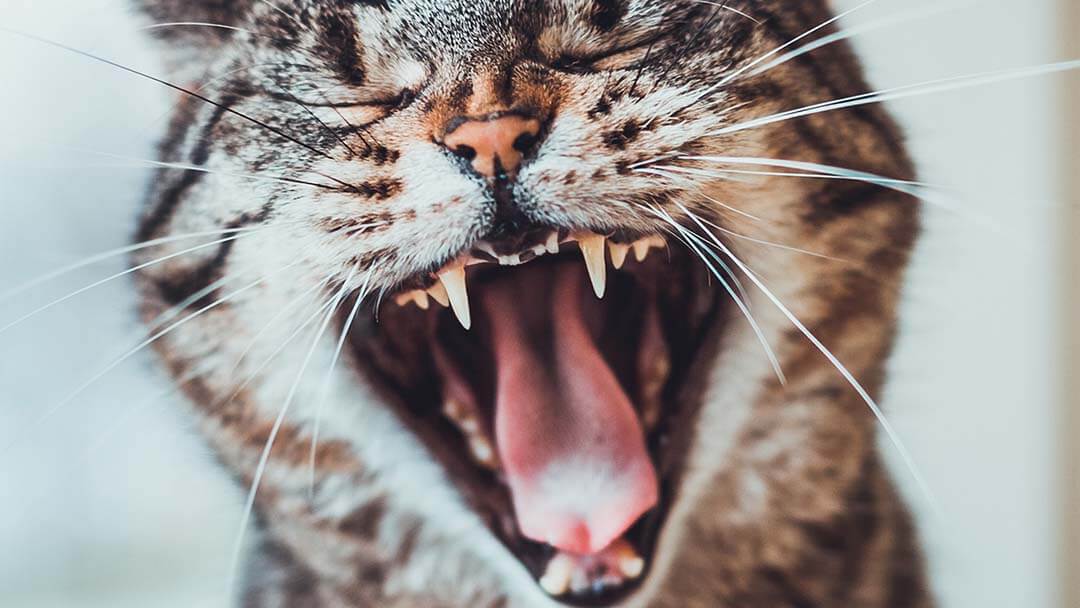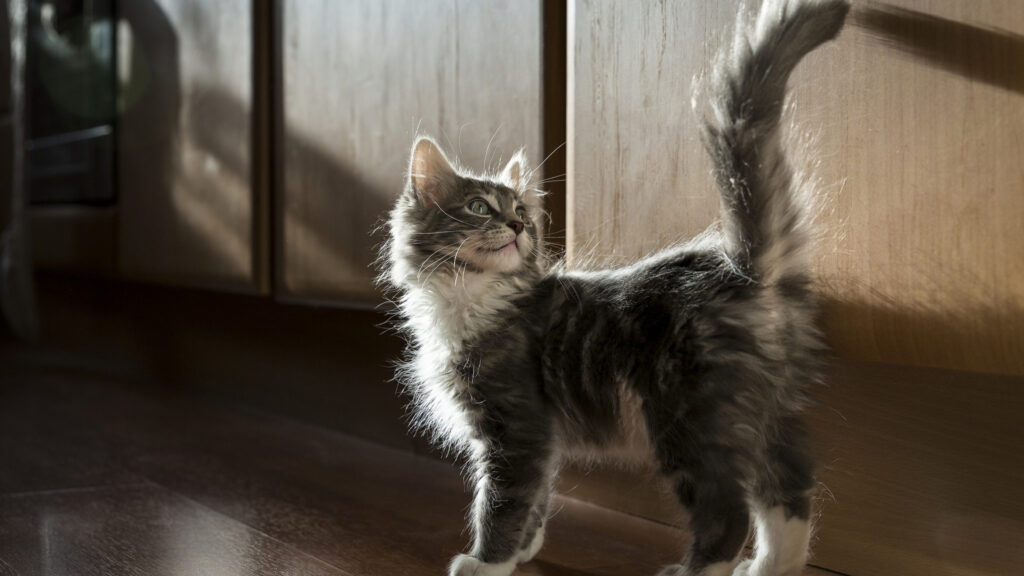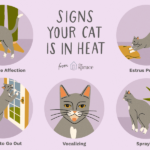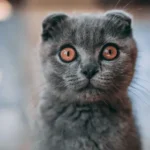Cats have a reputation for being independent, mysterious creatures, but any cat owner knows that they communicate their emotions and intentions in a variety of ways.
While they may not speak in words, cats have a sophisticated set of body language cues that can reveal what they’re thinking. One of the most expressive parts of a cat’s body is its tail.
From the way it flicks to how it curls, a cat’s tail can convey a range of emotions and messages. But are cats using their tails to “talk” to us? Let’s explore the fascinating world of feline tail language and uncover what our cats might be trying to say.
The Role of Tail Movements in Feline Communication
Cats are known for being highly intuitive and sensitive animals, and their tails serve as one of the most important tools in their communication arsenal. Whether they’re expressing pleasure, irritation, or fear, their tails are a clear indicator of their emotional state.
While cats may use their tails to communicate with other cats, they also use them to convey messages to us as their human companions.
Tail movements can be subtle or overt, and interpreting these movements requires paying attention to the context and accompanying body language. Here are some common tail positions and what they might mean.
1. The Tail Held High: Confidence and Friendship
A cat that holds its tail upright is usually displaying confidence, contentment, and friendliness. This is one of the most positive tail positions you’ll see in a cat. If your cat greets you with their tail straight up, they are likely feeling secure and happy to see you.
This tail position is also a common greeting behavior among cats; when one cat meets another, it often approaches with its tail raised as a way of saying, “I come in peace.”
In addition, some cats may quiver or vibrate the tip of their tail when it’s held high, particularly when they’re excited to see you after a long day or when they’re anticipating something fun, like a treat or playtime.
2. The Flicking Tail: Annoyance or Concentration?
Flicking or twitching is another common tail movement, and it can signal a range of emotions. If your cat’s tail is flicking quickly from side to side, this usually indicates irritation or annoyance.
It might happen when your cat is feeling overstimulated during play or when they are frustrated by something, like a toy they can’t reach or an interaction they don’t enjoy.
On the other hand, slow tail flicking or gentle twitching often occurs when a cat is highly focused or concentrated.
For instance, when your cat is watching a bird outside the window or tracking a moving object, they might flick their tail in a deliberate and controlled way as part of their intense focus.
3. The Puffed-up Tail: Fear or Excitement?
A cat with a fully puffed-up tail is often a cat that’s startled, fearful, or in a defensive state. This dramatic tail position is the cat’s way of making itself look larger and more threatening to potential threats, such as an unfamiliar animal or loud noise.
If you encounter a cat with a puffed-up tail, it’s a good idea to give them some space, as this posture typically indicates anxiety or fear.
However, a puffed-up tail can also appear when a cat is extremely excited, such as during an intense play session. In this case, the puffing of the tail is more about heightened energy than fear.
4. The Curled Tail: Contentment and Affection
When a cat’s tail is curled in a relaxed manner around its body or over its paws, it’s usually a sign that the cat feels safe and content.
Cats may curl their tails when they are resting or enjoying some quiet time, signaling they are at ease. Additionally, a cat that curls its tail around your legs or body is showing affection and trust.
A tail curled tightly around the body is also a sign of self-soothing. If your cat curls up in this way, it might be seeking comfort or preparing to rest in a protected and secure space.
5. The Tucked Tail: Submission or Anxiety
A tail tucked between the legs is a classic sign of fear, anxiety, or submission. When a cat is feeling threatened or intimidated, they may instinctively tuck their tail in an effort to make themselves smaller and less noticeable.
This tail position is often seen when a cat is introduced to a new or overwhelming situation, such as meeting a new pet, visiting the vet, or encountering unfamiliar people or environments.
Additionally, a tucked tail can indicate that a cat feels submissive or is not interested in confrontation. It’s their way of signaling that they pose no threat and are trying to avoid conflict.
6. The Lashing Tail: Aggression
A cat that lashes its tail forcefully back and forth is likely signaling irritation, frustration, or aggression. This rapid tail movement, combined with other signs like flattened ears, dilated pupils,
and tense body posture, can indicate that a cat is ready to defend itself if necessary. If your cat starts lashing its tail, it’s a good idea to back off and give them some space.
Lashing is often seen when a cat is overstimulated during play, when they’re displeased with something, or when they’re warning another animal or person to stay away.

7. The Slow Swish: Calm Focus or Warning
Sometimes, a slow swishing of the tail can indicate a calm and focused cat. This might occur when your cat is quietly observing something or considering an action, such as when they’re in hunting mode or deciding whether to jump onto a high surface.
The slow, deliberate swish often signifies that your cat is calm but paying close attention to their surroundings.
In other cases, a slow tail swish can also act as a warning, especially if it’s accompanied by other signs of discomfort, such as growling or hissing. If you see a slow swish, it’s important to assess your cat’s mood and the situation to avoid misinterpreting their intentions.
Are Cats “Talking” to Us with Their Tails?
While cats don’t have vocal cords suited for speech, they certainly have ways of communicating with us. Their tails are one of the primary tools they use to express their emotions, intentions, and even their desires.
Whether it’s the playful flick of the tail tip or the anxious tuck of the tail between their legs, cats are always “talking” to us in their own way.
As a cat owner, learning to read these tail movements can help you better understand your cat’s feelings and needs. Whether they’re happy, fearful, irritated, or affectionate, your cat’s tail is giving you valuable clues about their state of mind.
By paying close attention to your cat’s tail and the context in which it moves, you can deepen the bond you share and create a more harmonious relationship with your feline friend.
So, the next time your cat gives you a tail twitch or a friendly flick, remember: they’re not just moving their tail—they’re talking to you!



